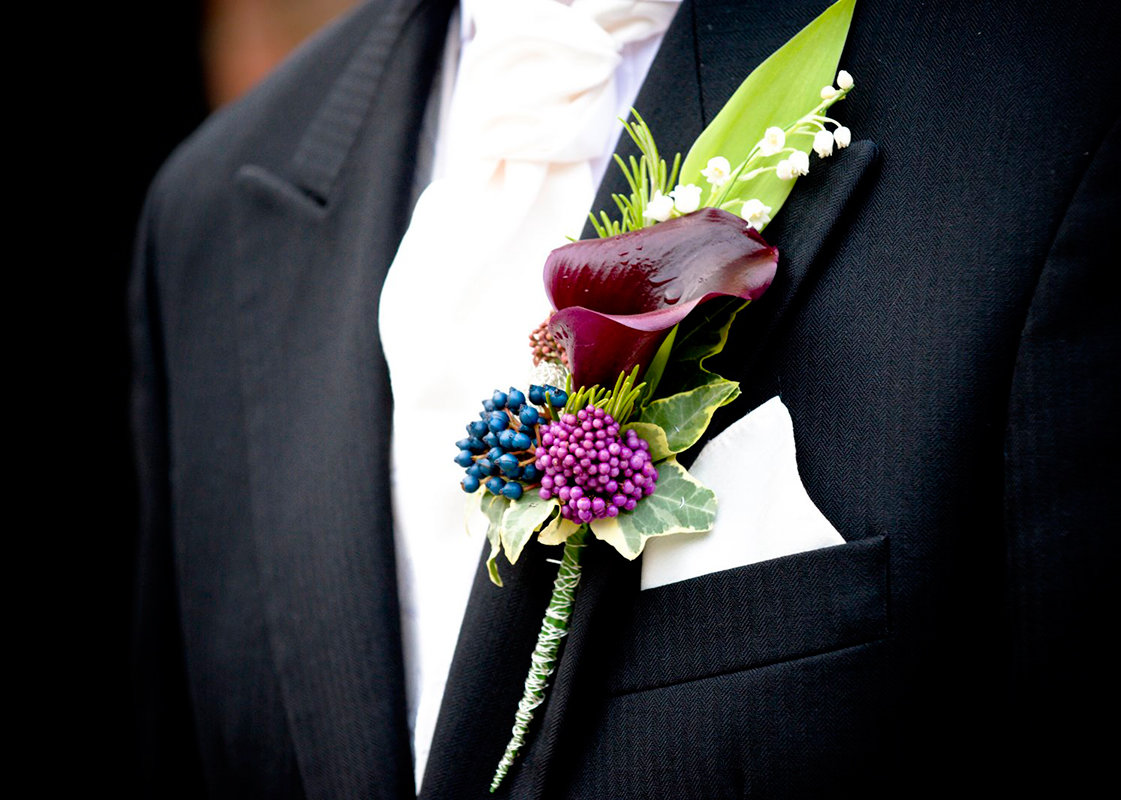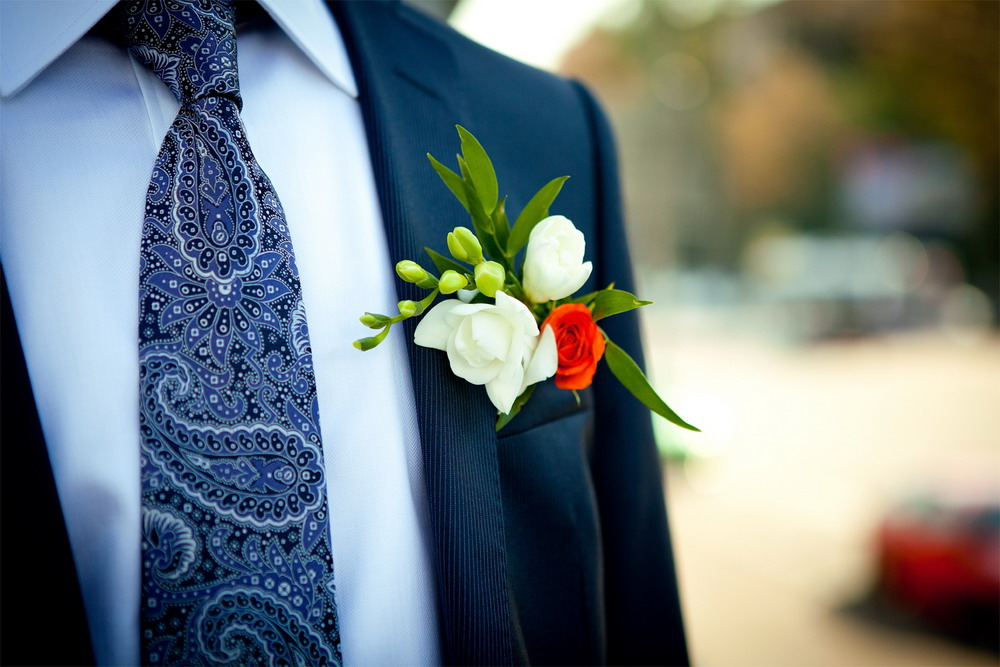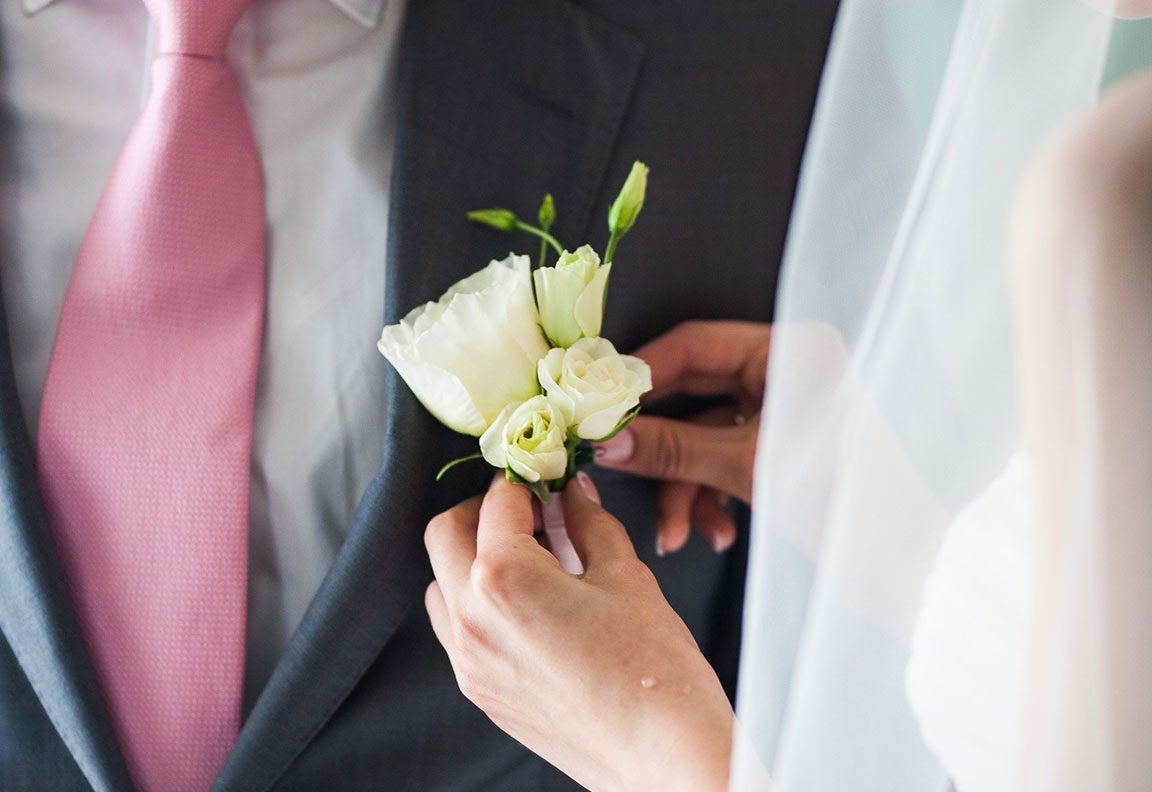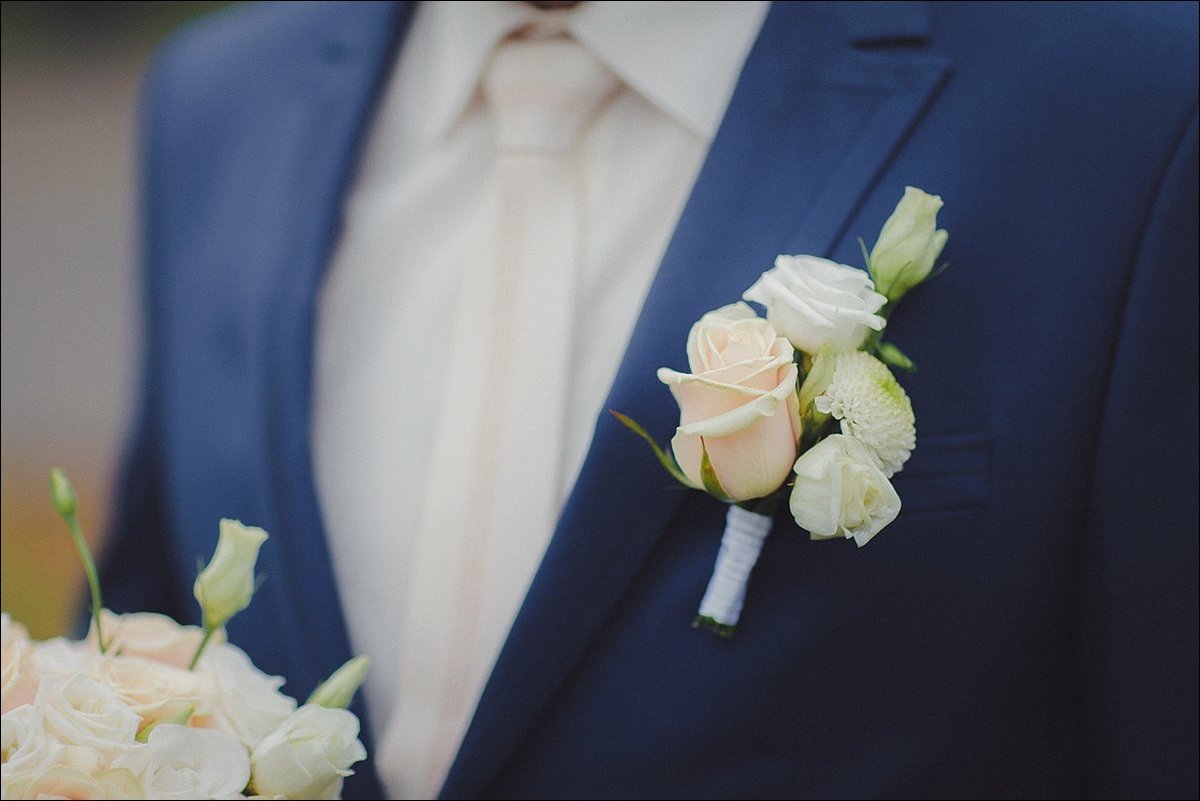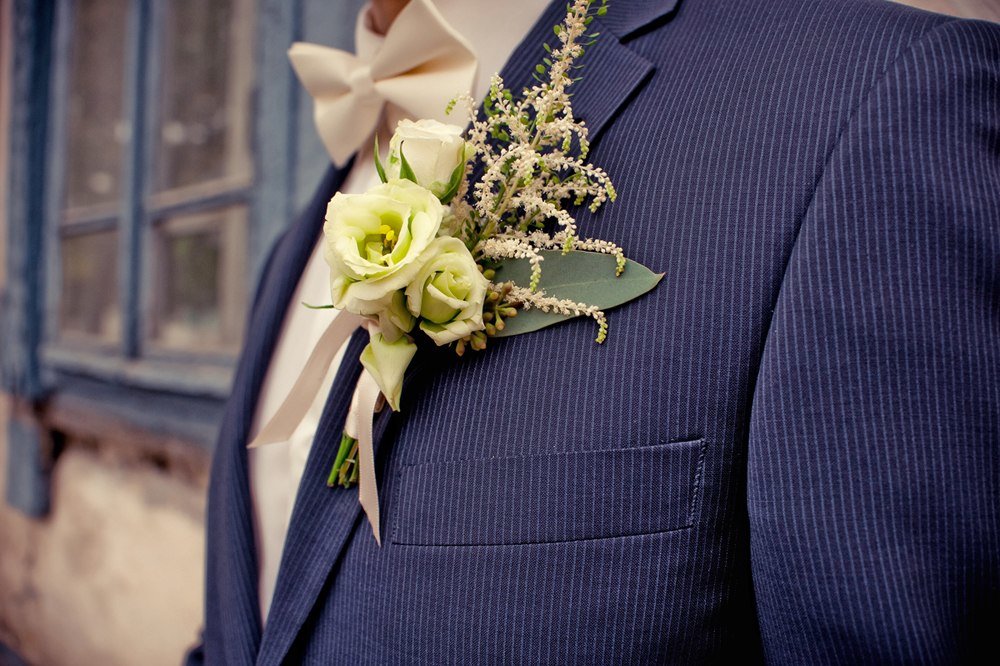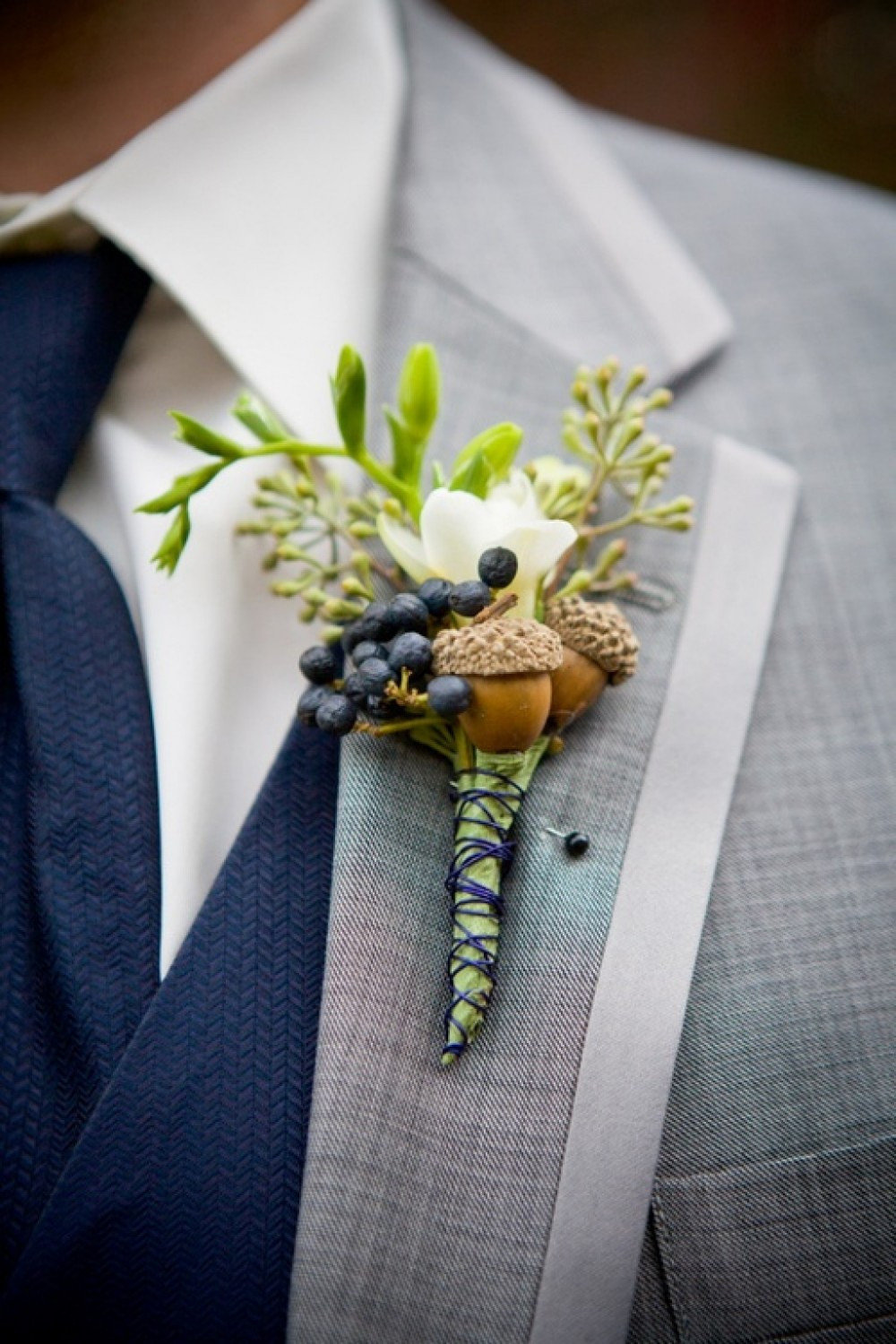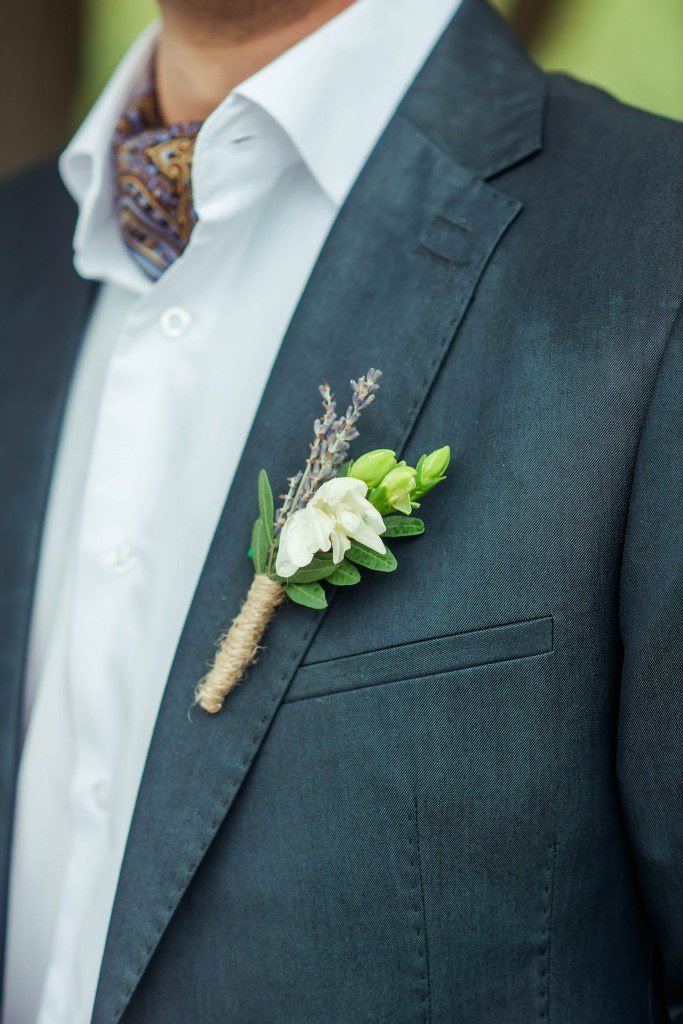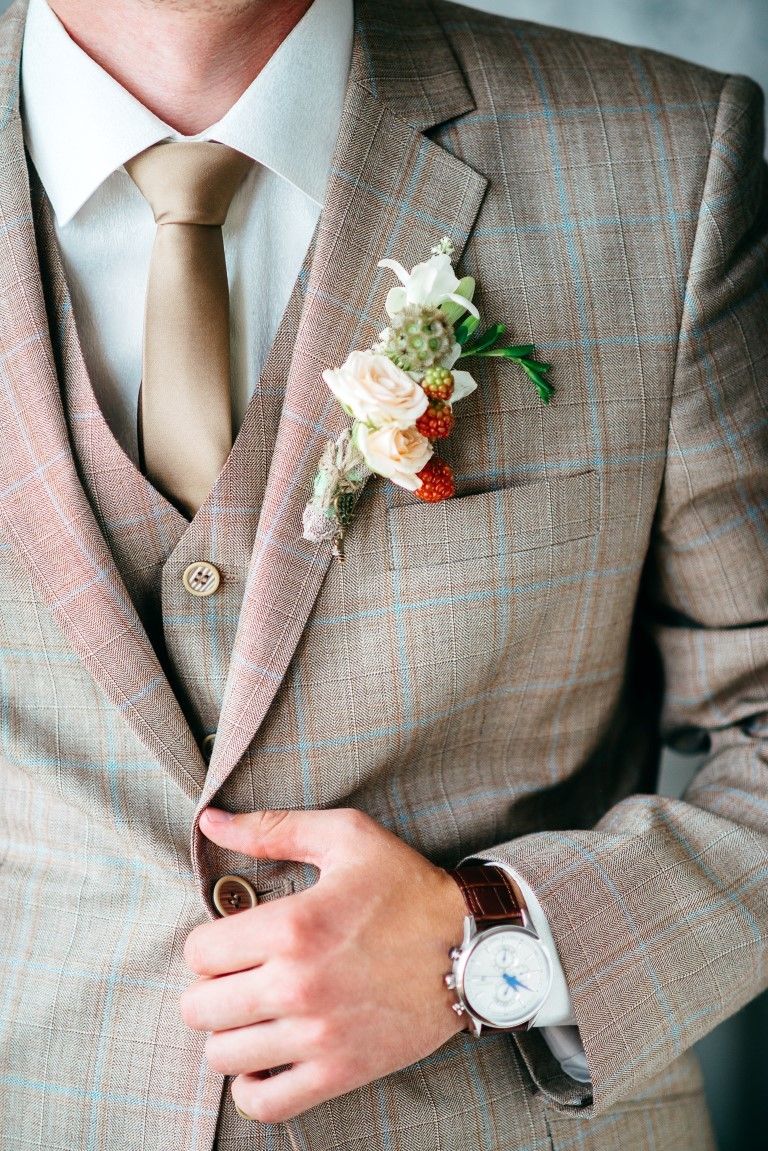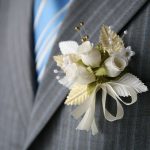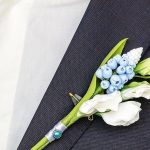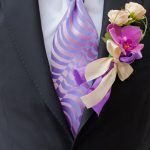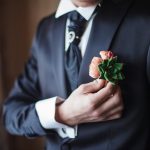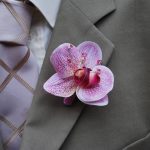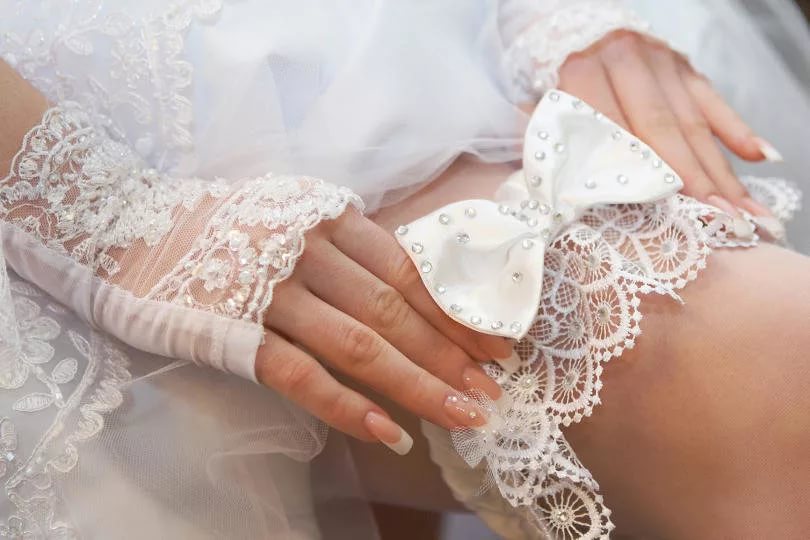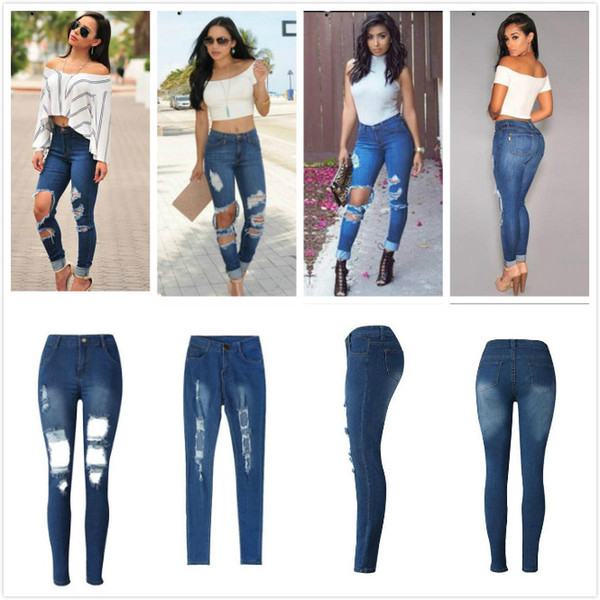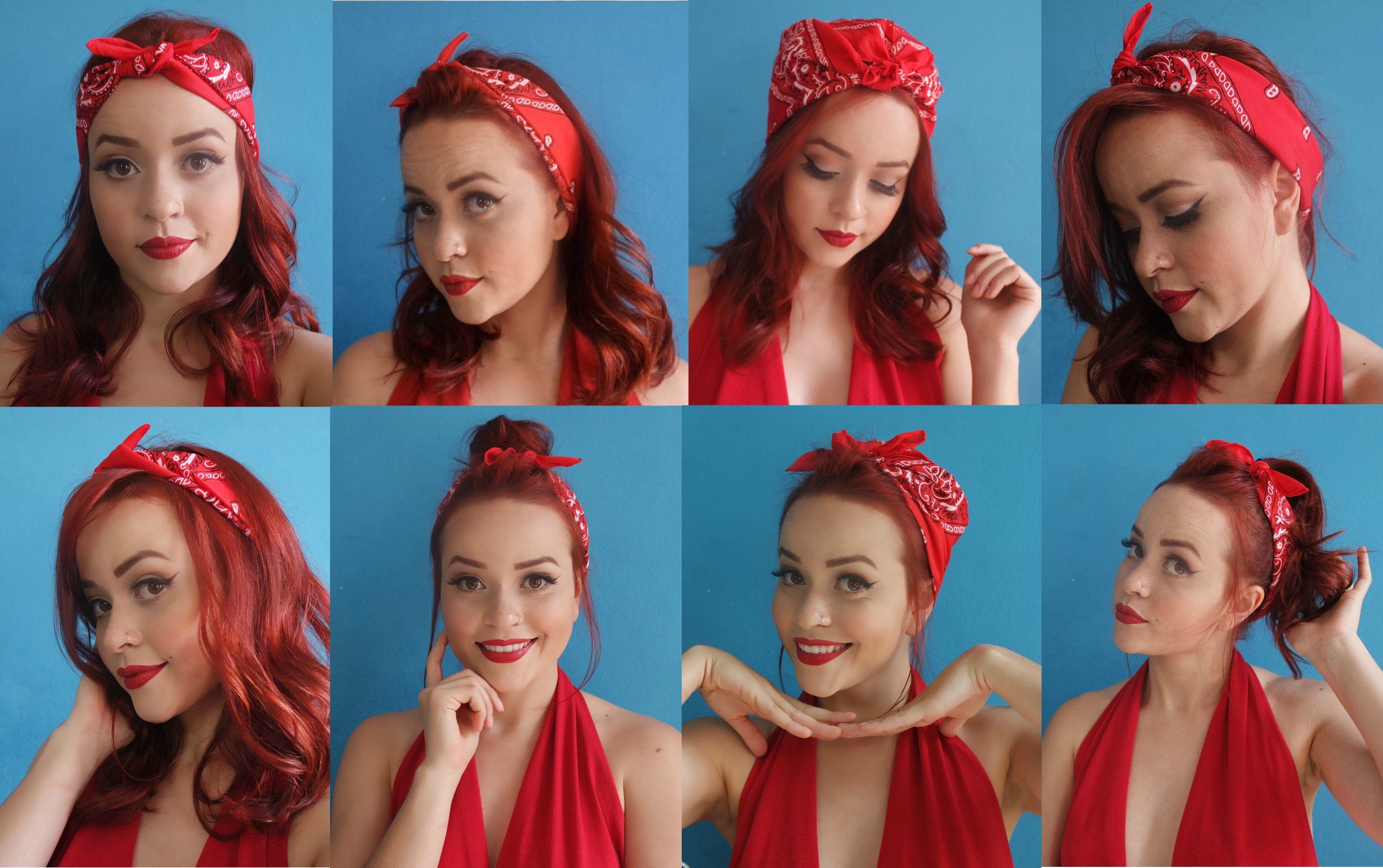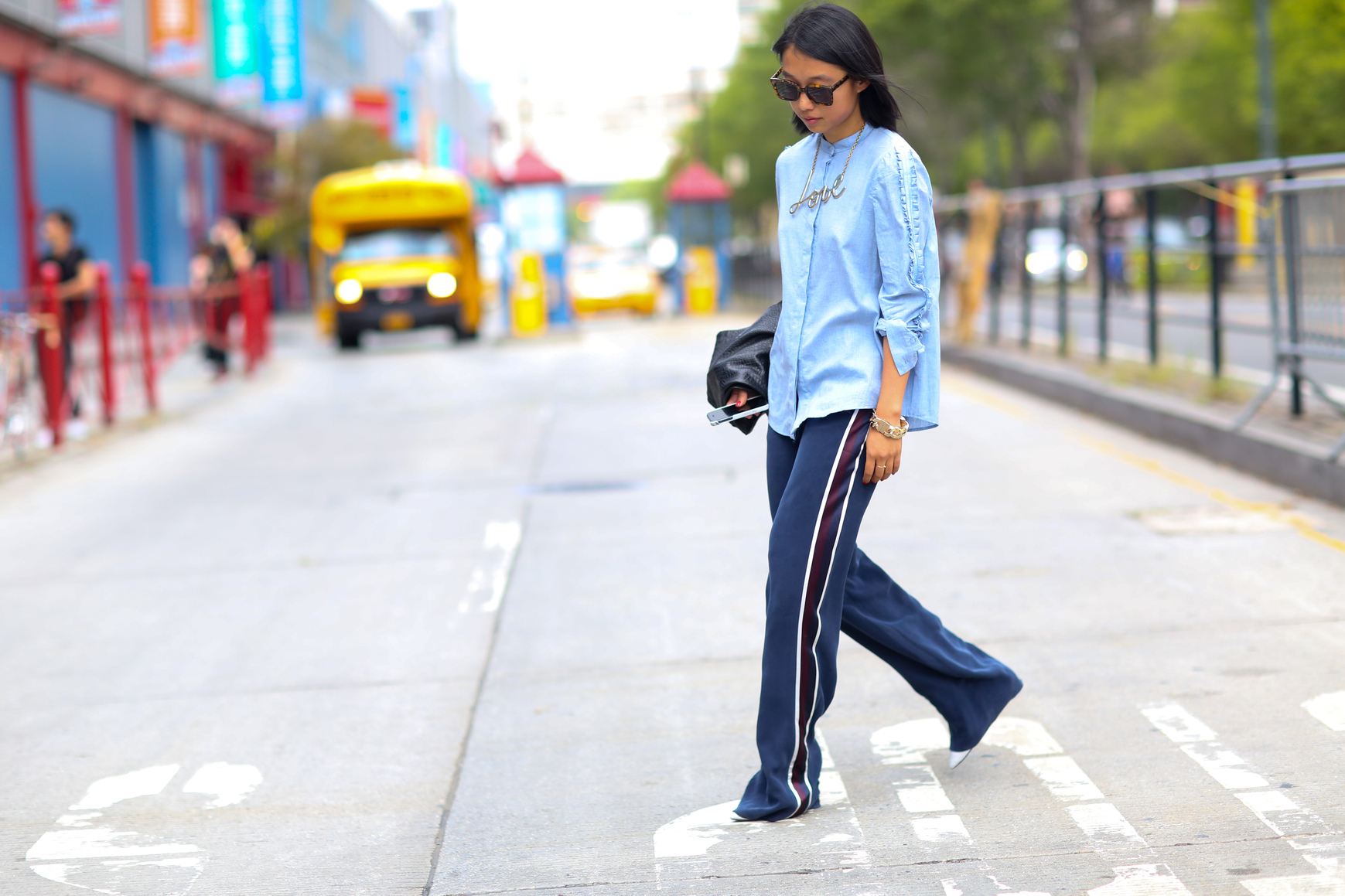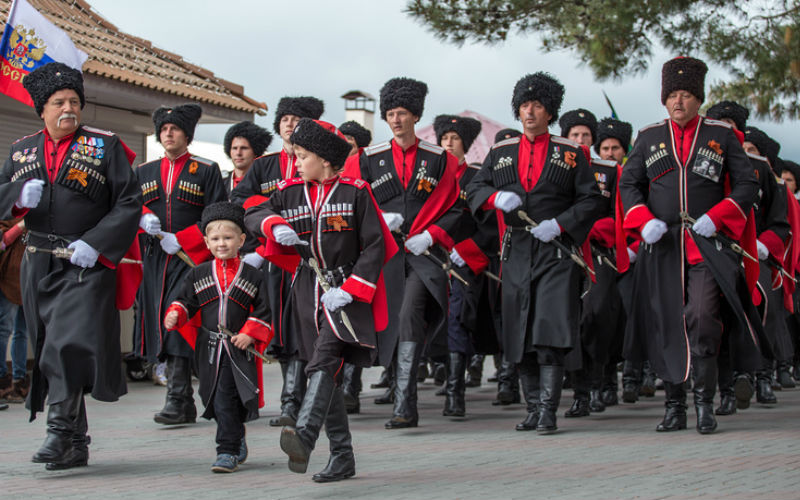The perfect wedding celebration requires attention to detail. One of them is the groom's boutonniere - a small flower arrangement that is attached to the jacket. Today, this festive attribute is most often selected in accordance with the bride's bouquet.
What is it
A boutonniere is a single flower or a small floral arrangement attached to a buttonhole on a man's suit. A boutonniere is made from fresh flowers, artificial buds, leaves, decorative branches, and berries. Its size is no longer than ten centimeters, including the peduncle.
The tradition of decorating men's clothing with flowers first appeared in ancient times. But the word "boutonniere" itself came from France, where in the 17th-18th centuries this accessory became widespread as a symbol of wealth and high social status. Today it is a decorative element of a man's image, intended for special occasions, but at the beginning of the 20th century no gentleman went out without it.
From French, "boutonniere" is translated as "flower in the buttonhole." This fashion accessory symbolized the beauty of nature, male fearlessness, and the fragility of human life.
The first wedding boutonnieres appeared in the 19th century after the English Prince Albert took a flower from his bride Victoria's bouquet and put it in his buttonhole. Today, the boutonniere has become a mandatory attribute of the groom's suit.
Composition options
Stylists recommend paying special attention to the groom's boutonniere, because it will attract as many glances as the bride's bouquet. When choosing the design of the flower arrangement, you need to consider the following points:
- The design of this decoration should harmoniously match the overall style of the celebration. A single rose, chrysanthemum or peony would be perfect for a classic wedding. If the wedding is in a marine style, you can attach a boutonniere with burlap, shells, tiny starfish. For a rustic style, daisies, herbs, flax, and ears of corn would be more suitable.
- The flower on the groom's suit should match the bride's wedding bouquet. Ideally, the flowers of the groom and bride will be the same or as similar as possible in shade and size.
- The boutonniere must be firmly attached to the suit. It is not enough to simply push the flower stems through the buttonhole, they must be secured with a special pin.
- The floral accessory should not be too bright, large, or contain many decorative elements.
When making a boutonniere from fresh flowers, you need to make sure that they do not leave marks on clothes. Some buds have too much pollen, which can ruin not only the groom's suit, but also the bride's dress.
The groom's boutonniere comes in several design variations:
- One flower. As a rule, a fairly large rose, peony, iris, orchid, chrysanthemum are selected for a single composition.
- A miniature bouquet. It can consist of several flowers of approximately the same size or one flower surrounded by greenery, buds, inflorescences, and other decorative elements.
- Brooch. For a glamorous wedding, instead of a traditional flower accessory, a brooch in the shape of a bud, bouquet, key, feather or even insect is often preferred.
The groom chooses the brightest boutonniere for himself, and more modest floral accessories are selected for the invited guests to stand out from their background.
Symbolism of flowers
Each flower represents a certain symbol and has its own meaning:
- Peonies symbolize romance, luck in love, prosperity. In China, peonies are associated with feminine grace, beauty, charm. According to Feng Shui, girls place them in their apartments to attract a loving and caring groom. For a wedding, it is preferable to use pink, white and cream peonies.
- Roses are classic wedding flowers that symbolize love at first sight, strong friendship, passion and sensuality. Particular attention should be paid to the choice of color of roses. Red roses symbolize ardent passion, desire, and falling in love. Burgundy roses indicate admiration. Snow-white roses are traditionally associated with purity, fidelity, and sincere feelings. Pink roses symbolize the beginning of a relationship, tender feelings, and emotions. It is better to avoid using yellow roses in wedding accessories: they are considered a symbol of separation and betrayal.
- Orchids symbolize luxury, beauty and elegance. In nature, they come in different shapes and colors, but for a boutonniere, it is better to choose small orchids in delicate shades: white, cream, pink, pale blue.
- Tulips are associated with fidelity, passionate love, youth and well-being. They look elegant both in a mono-composition and in combination with small buds and inflorescences.
- Lavender is a favorite of Provence-style wedding ceremonies. It is believed to protect against evil forces and to attract longevity and happiness in family life.
Floral accessories do not have to be made from fresh flowers. To create original boutonnieres, designers often use artificial materials. Each of them is selected in accordance with the overall style of the wedding, the image of the groom and the bride.


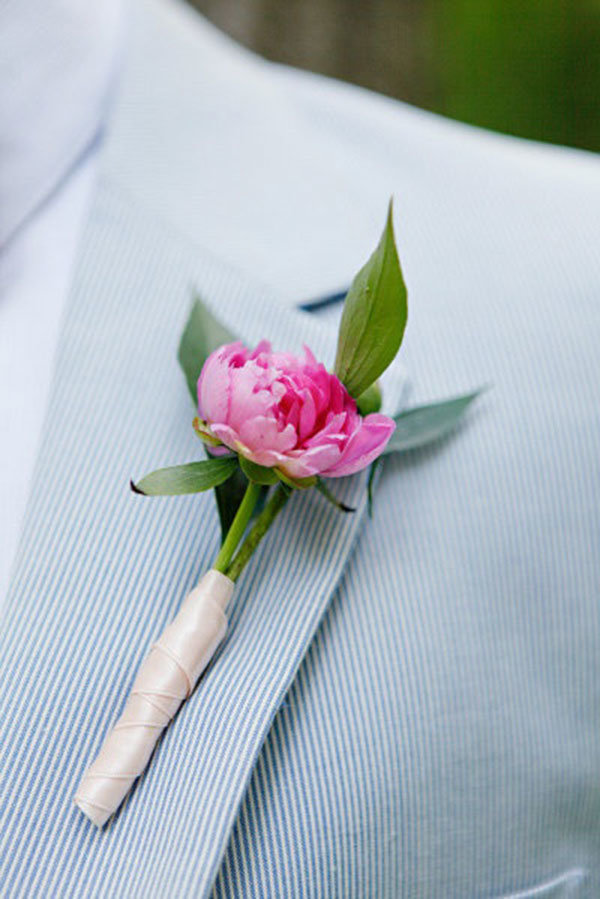
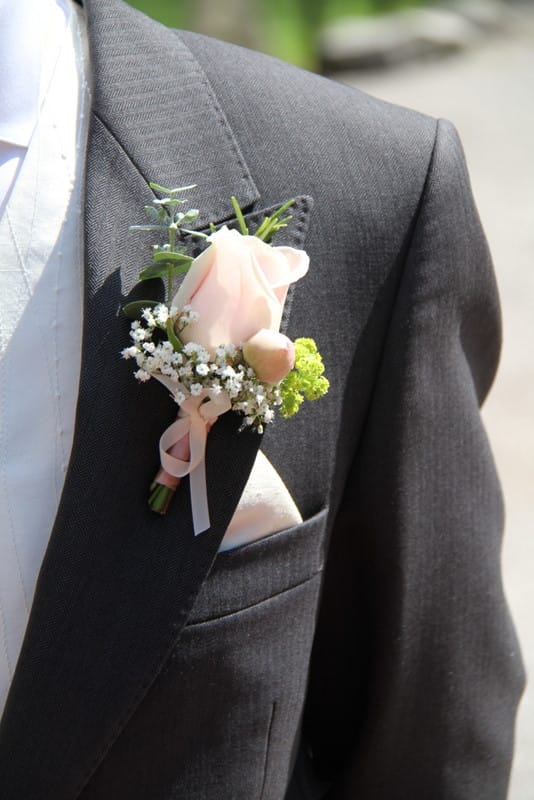
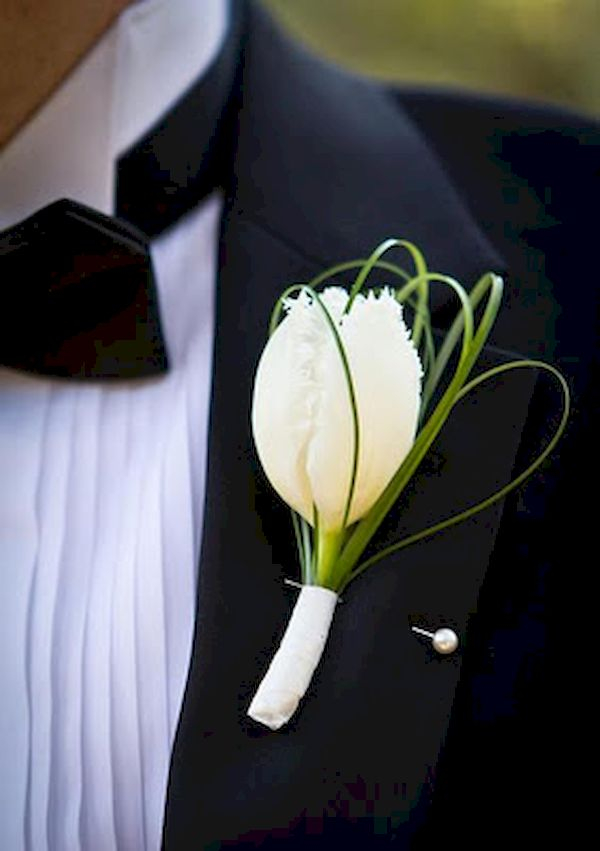
Main materials of manufacture
The groom's boutonniere is made from the following materials:
- Made from fresh flowers – such an accessory looks natural and organic, but loses its original freshness long before the end of the wedding. Therefore, when choosing this option, florists recommend stocking up on a second copy that can be worn if the first one wilts.
- Made from artificial flowers - a more practical option, which is preferred at a wedding in the cold season. Such decoration will not stain the suit, will not turn black, will please the eye with its fresh appearance throughout the celebration.
- Made from foamiran, a soft material used to create various flower arrangements. These boutonnieres look quite natural, gentle, and elegant.
- From multi-colored ribbons - using the kanzashi technique, you can make various floral accessories from ribbons. Satin roses, chrysanthemums, daisies, peonies will become a bright detail on the groom's suit. You just need to choose a good color combination, not to overdo it with the brightness of colors, originality of shapes.
- From organza and mesh - from floristic material, light original boutonnieres are obtained, which are additionally decorated with a special mesh along the edges. If desired, the mesh is decorated with berries, rhinestones, beads or feathers.
- Made from silk - a delicate, thin material that successfully imitates the shape of buds, leaves, and flower inflorescences.
- From polymer clay – you can make such a boutonniere yourself, as it does not need to be baked. It is enough to give the polymer clay the desired outlines, and it will harden itself within 24 hours. Wire, previously wrapped in green tape, is used as stems for clay buds.
To keep a bouquet of fresh flowers fresh for a long time, you first need to cut each flower stem at an angle and then dip it in wax.
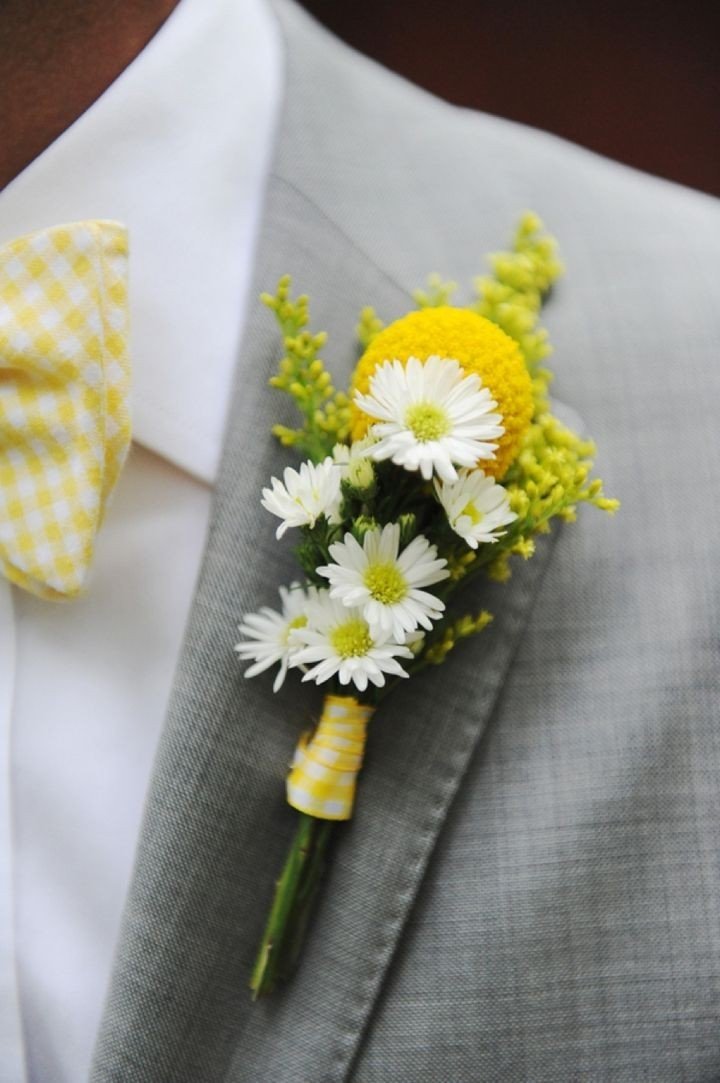
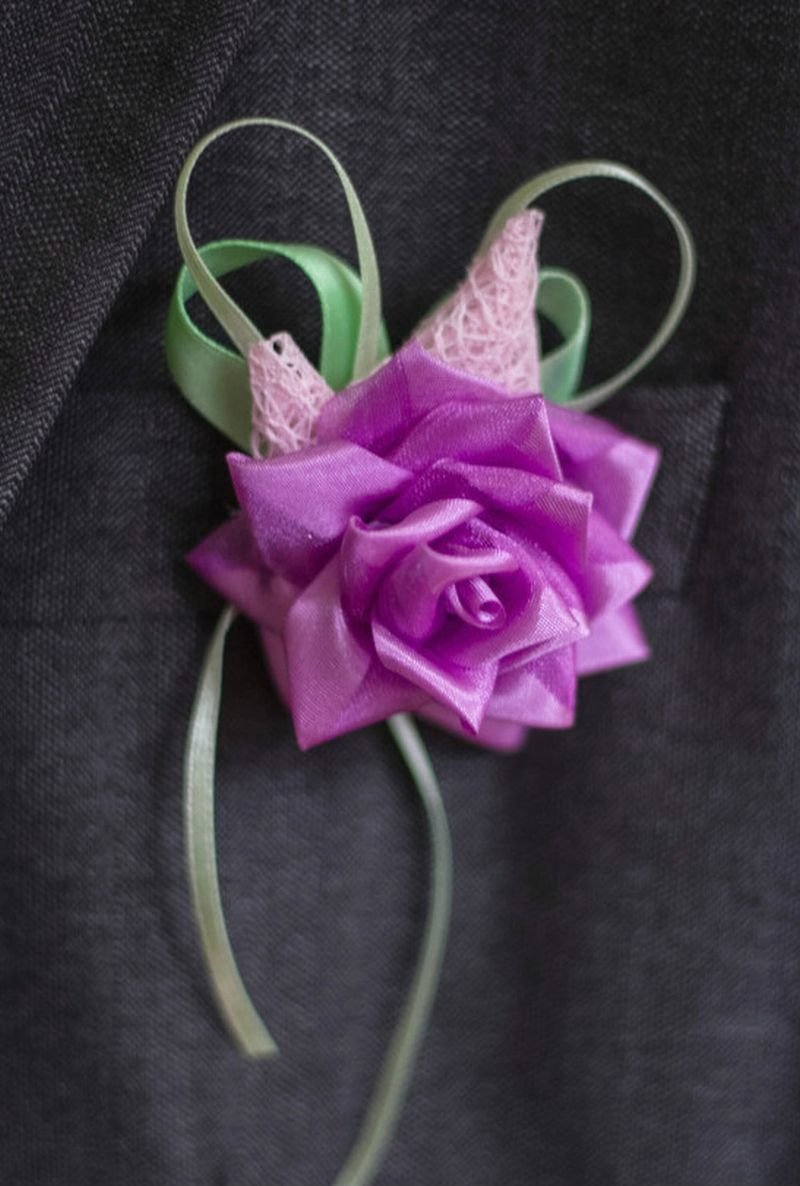
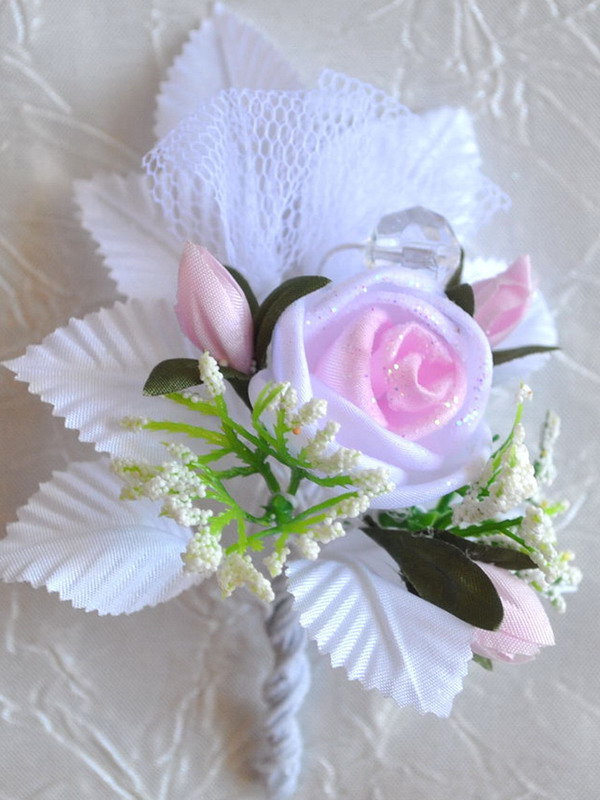
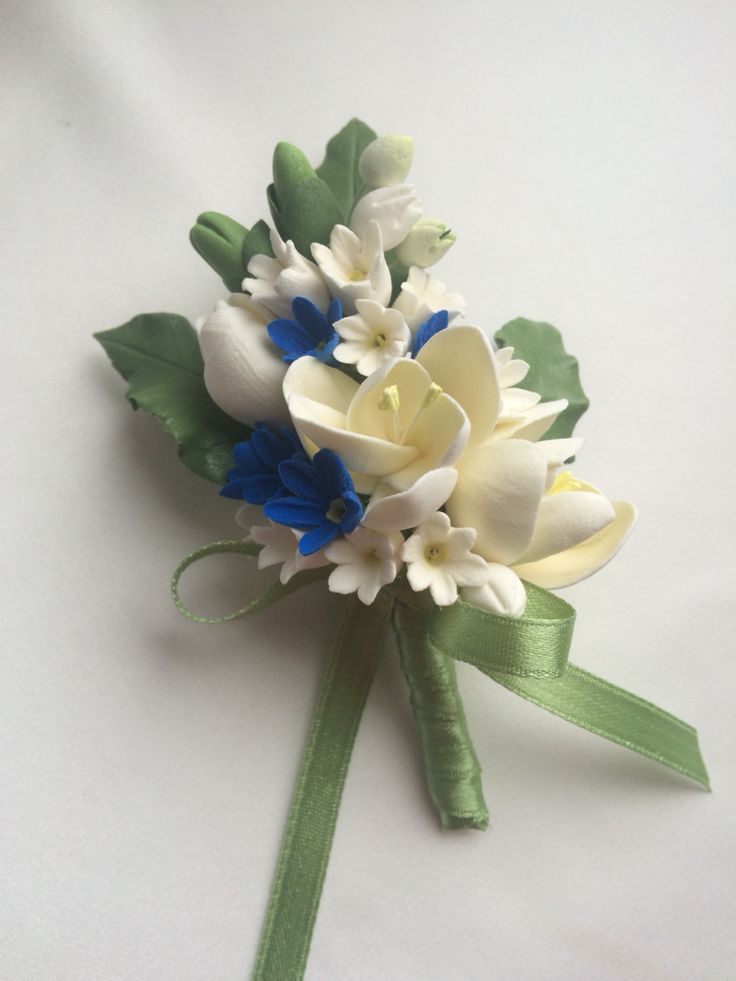

Creative modern ideas
Designers love to break the traditional idea of what a boutonniere is. They create this wedding accessory from the most unusual materials, color combinations and shapes. Among the original ideas for boutonniere design are:
- Marine version - twine, shells, stars, pearls, and pieces of coral are used to make it.
- In the steampunk style - a composition of clock mechanisms, keys, feathers.
- In a rustic style - a bouquet consisting of several ears of corn, buttons, a tiny sunflower or dried cotton flowers.
- Autumn design – red berries, small cones, branches of evergreen shrubs (thuja, juniper, boxwood, cherry laurel).
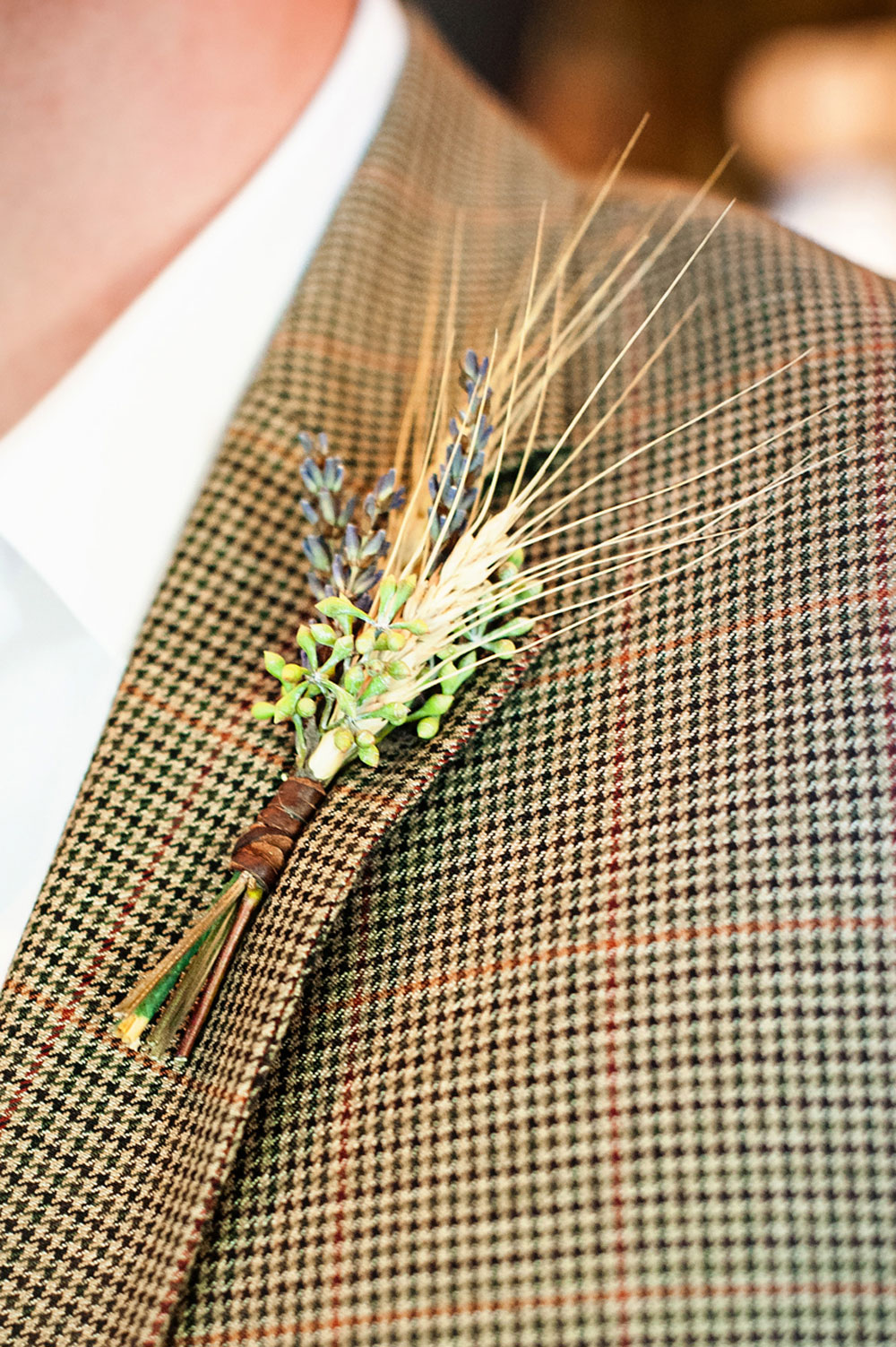

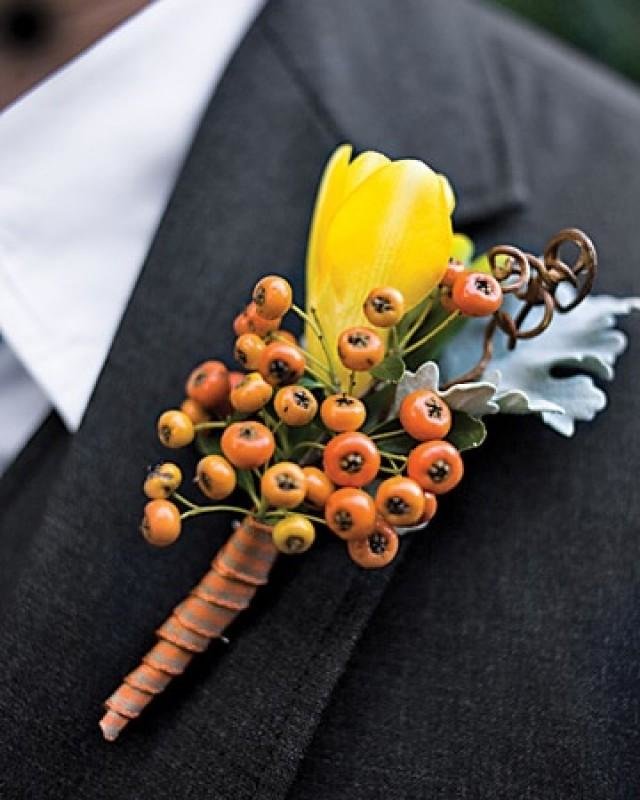
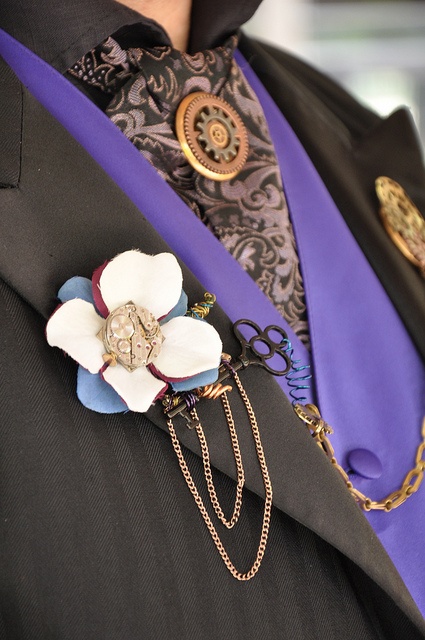
How to position and fasten
Having decided on the design of the floral accessory, you need to find out how to attach the boutonniere to the jacket. Traditionally, the composition is attached not only to the groom’s suit, but also to the clothes of the witnesses and other guests at the wedding. At the same time, each participant in the wedding celebration has his own rules for wearing this accessory:
- First of all, you need to decide where to attach the groom's boutonniere. He should place the floral accessory on the left lapel of his jacket. For reliability, the bouquet is fixed with a special pin, which is masked with ribbons, decorative mesh, beads.
- Bridesmaids should also decorate their outfits with a miniature floral arrangement. They can attach it to their wrist, belt, hair band, handbag or even on their neckline. There is a certain rule for bridesmaids on which side to hang the boutonniere: unmarried bridesmaids attach it to the left, married bridesmaids – to the right.
- Single groomsmen can place the flower accessory directly on the shirt. As with girls, the placement of the bouquet depends on the marital status. Single men should attach the boutonniere to the jacket on the left side, and married men – on the right.
When choosing a boutonniere, you need to consider many details: design, composition shape, materials. This accessory can be made by yourself or entrusted to professionals.
Video


